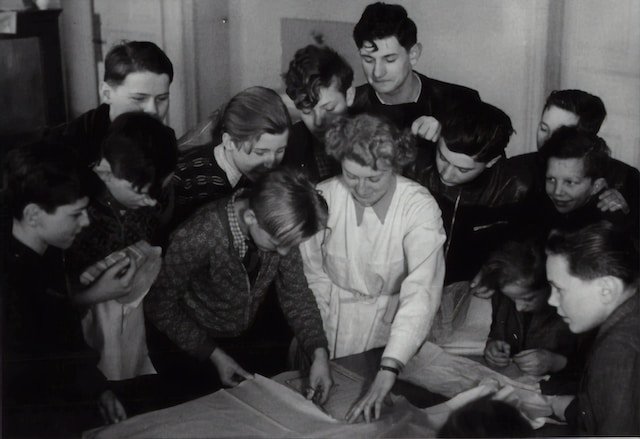What are the best techniques for teaching drama to students with sensory processing difficulties?
Teaching drama can be a rewarding experience for both teachers and students. However, for students with sensory processing difficulties, it can also be challenging. Sensory processing difficulties can affect a student’s ability to regulate their sensory input, which can impact their ability to focus, communicate effectively, and engage in social interactions. Therefore, understanding the best strategies for teaching drama to students with sensory processing difficulties is essential.
Creating an Organized and Predictable Environment
One of the best strategies for teaching drama to students with sensory processing challenges is to provide an organized and predictable environment. This can include establishing a consistent routine, using visual schedules and cues, and using clear, concise language. By providing a predictable and organized environment, students can feel more comfortable and confident, allowing them to focus more effectively on drama activities.
Integrating Sensory Integration Activities
Another effective strategy is to incorporate sensory integration activities into drama lessons. Sensory integration activities involve stimulating the senses in a controlled and organized manner, helping students to regulate their sensory input. Examples of sensory integration activities include movement-based activities, such as yoga or dance, or tactile activities, such as exploring different textures or using sensory playdough. These activities can help students develop a better awareness and understanding of their sensory needs, allowing them to engage more fully in drama activities.
Teaching Social Interaction Skills
It is also essential to provide students with opportunities to practice social interaction skills within the context of drama activities. This can involve explicitly teaching social interaction skills, such as turn-taking, active listening, and perspective-taking, and providing students with opportunities to practice these skills in a safe and supportive environment. Drama activities can provide an excellent opportunity for students to develop and practice these skills, as they often involve collaboration, communication, and cooperation.
Adapting Drama Activities
Adapting drama activities to suit the individual needs of students with sensory processing challenges is also critical. This can involve modifying the environment, such as reducing sensory distractions, providing alternative seating options, or using noise-canceling headphones. It can also involve adapting the drama activities themselves, such as providing alternative ways of participating, simplifying instructions, or breaking down activities into smaller steps. By adapting drama activities to suit the individual needs of students, they can feel more comfortable and confident, allowing them to engage more fully in the activities.
Providing Positive Feedback and Support
Finally, providing positive feedback and support throughout drama activities is essential. This can involve providing specific and meaningful feedback, praising successes, and providing opportunities for students to reflect on their progress. Positive feedback can help build confidence and motivation, leading to increased engagement and participation in drama activities.
In conclusion, teaching drama to students with sensory processing challenges requires a tailored and individualized approach. Providing an organized and predictable environment, incorporating sensory integration activities, teaching social interaction skills, adapting drama activities, and providing positive feedback and support are essential strategies for promoting engagement and success in drama for students with sensory processing difficulties. By using these strategies, teachers can establish a safe and supportive environment that promotes the development of creativity, communication, and interpersonal skills for all students.
Are you looking for a fresh and exciting way to engage your school’s drama program or your child’s creativity? Try YouTube drama! It’s a fun and modern way for students to create and perform in their own videos. YouTube drama is flexible, convenient, and can even reach a wider audience. Plus, it teaches valuable skills like video production, editing, and storytelling. Click here to learn more about how YouTube drama can benefit your school’s drama program.







